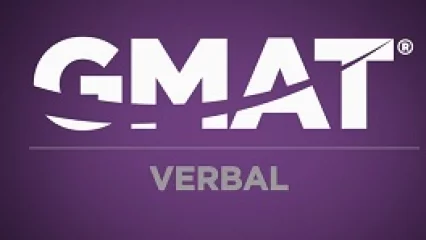There are different types of Critical Reasoning questions you can get on the GMAT. However, the vast majority of them rely on your ability to find a conclusion in the passage. Once you find that conclusion, the question might ask you to weaken it, strengthen it, find the assumptions behind it, evaluate it, complete it, and so on. The key thing to recognise is that the most important part of any argument is its conclusion.
This is why it does not make much sense to read straight through a Critical Reasoning passage giving an equal amount of focus to every single sentence. We should focus specifically on the conclusion. So, how do we find the conclusion? We do this by skimming for keywords.
On the GMAT, conclusions are most often signalled through “cause and effect” keywords – examples include “since”, “because”, “therefore”, “due to”, etc. Sometimes, we can see more classic conclusion keywords such as “clearly”, “obviously” or even the word “conclusion” itself.
So when we see a Critical Reasoning passage, we should start by skimming for a “cause and effect” or conclusion keyword. Then, we should carefully read the sentence containing that keyword. Finally, we should fully read the rest of the argument only if it is necessary based on the question.
You will notice that the conclusion is often the very last sentence in the paragraph. However, this is not always the case which is why looking for keywords such as those illustrated above is a useful trick. Sometimes, there are even multiple conclusions within one paragraph.
In addition, keyword skimming can have other convenient applications throughout the test such as identifying other elements of Critical Reasoning arguments. These elements could be evidence, assumptions, paradoxes, and counterpoints which are signalled by other types of keywords. It can also be useful in determining the structure and other key ideas in Reading Comprehension passages.
Check out: How to Solve Critical Reasoning Questions on the GMAT



